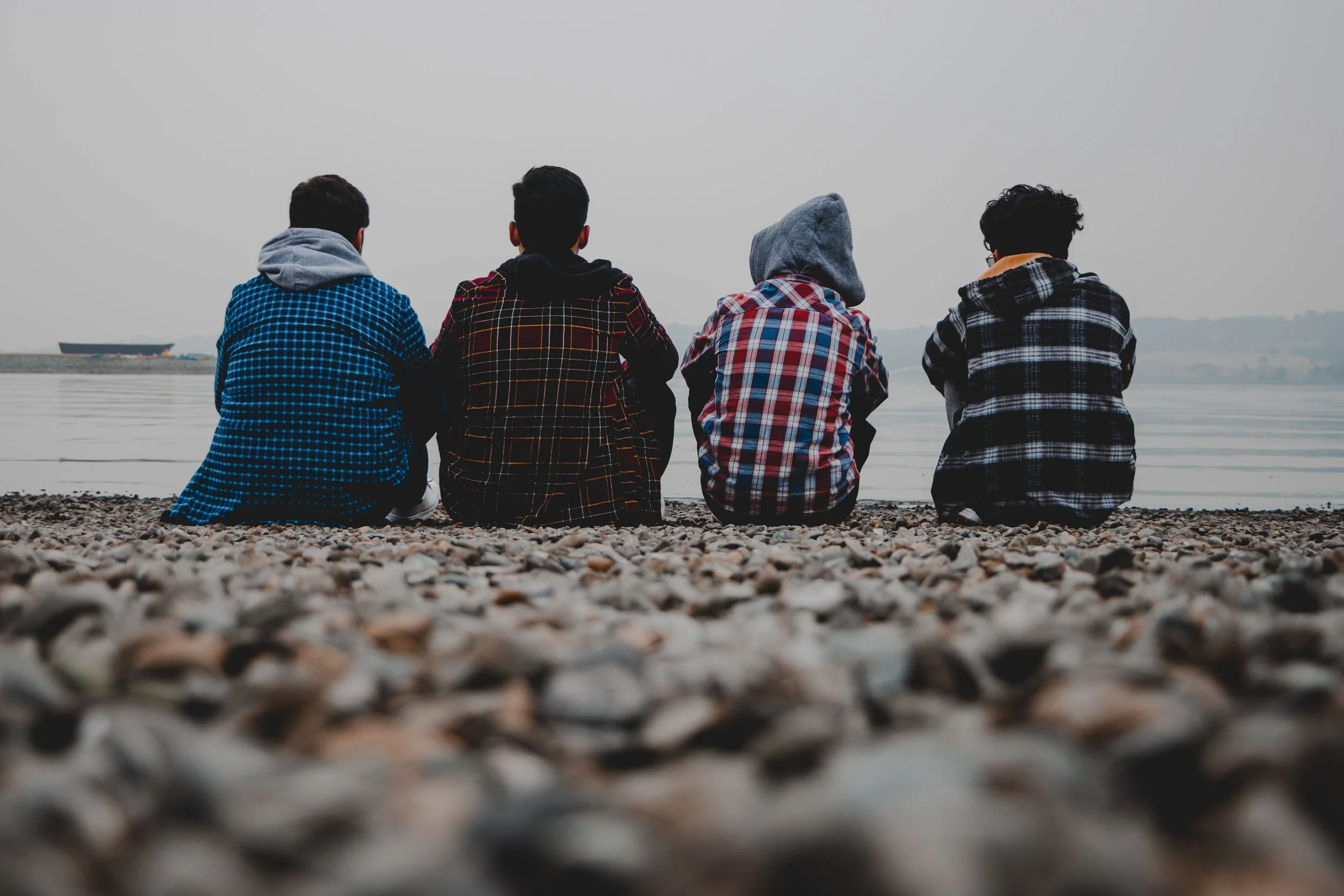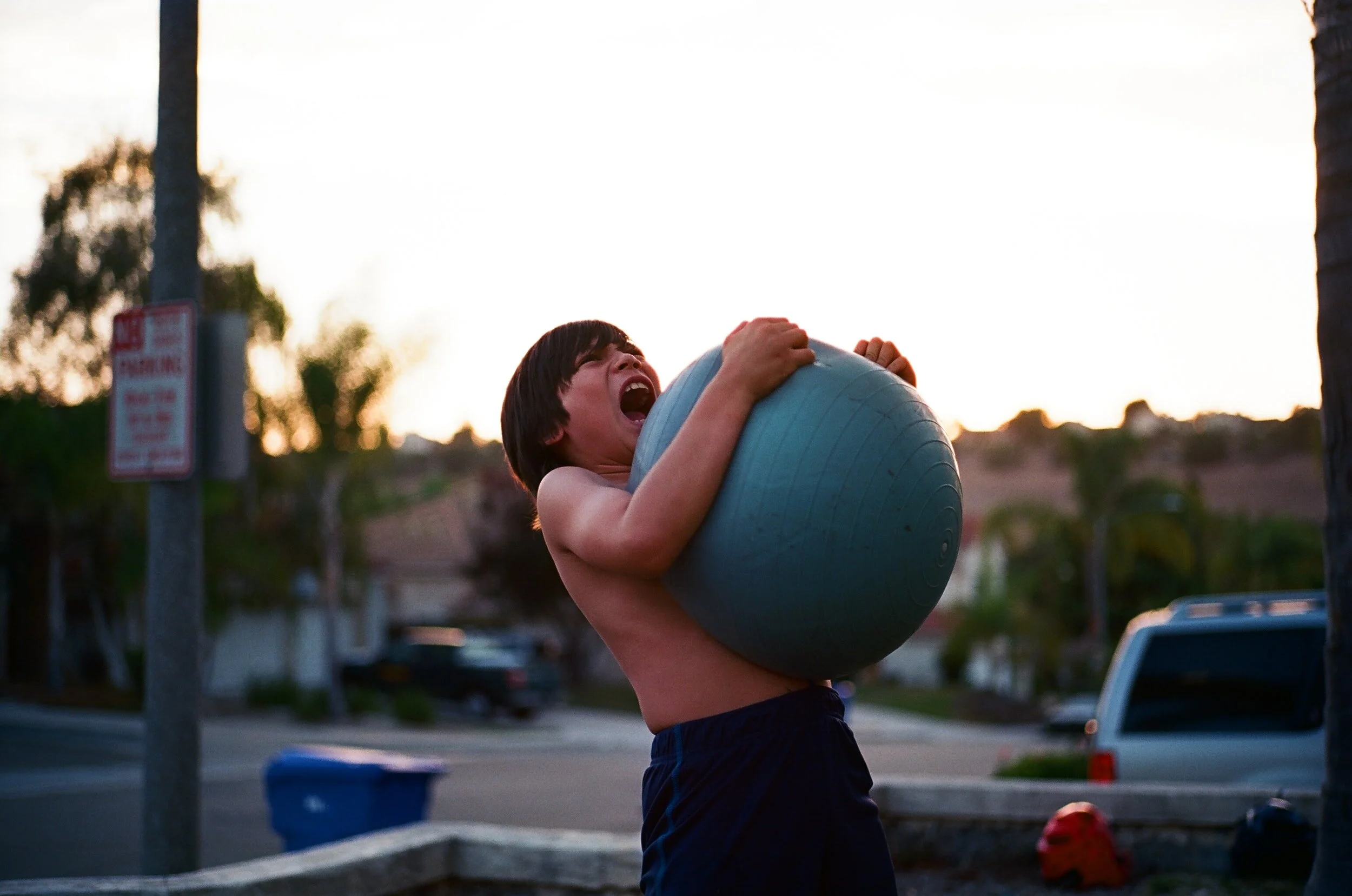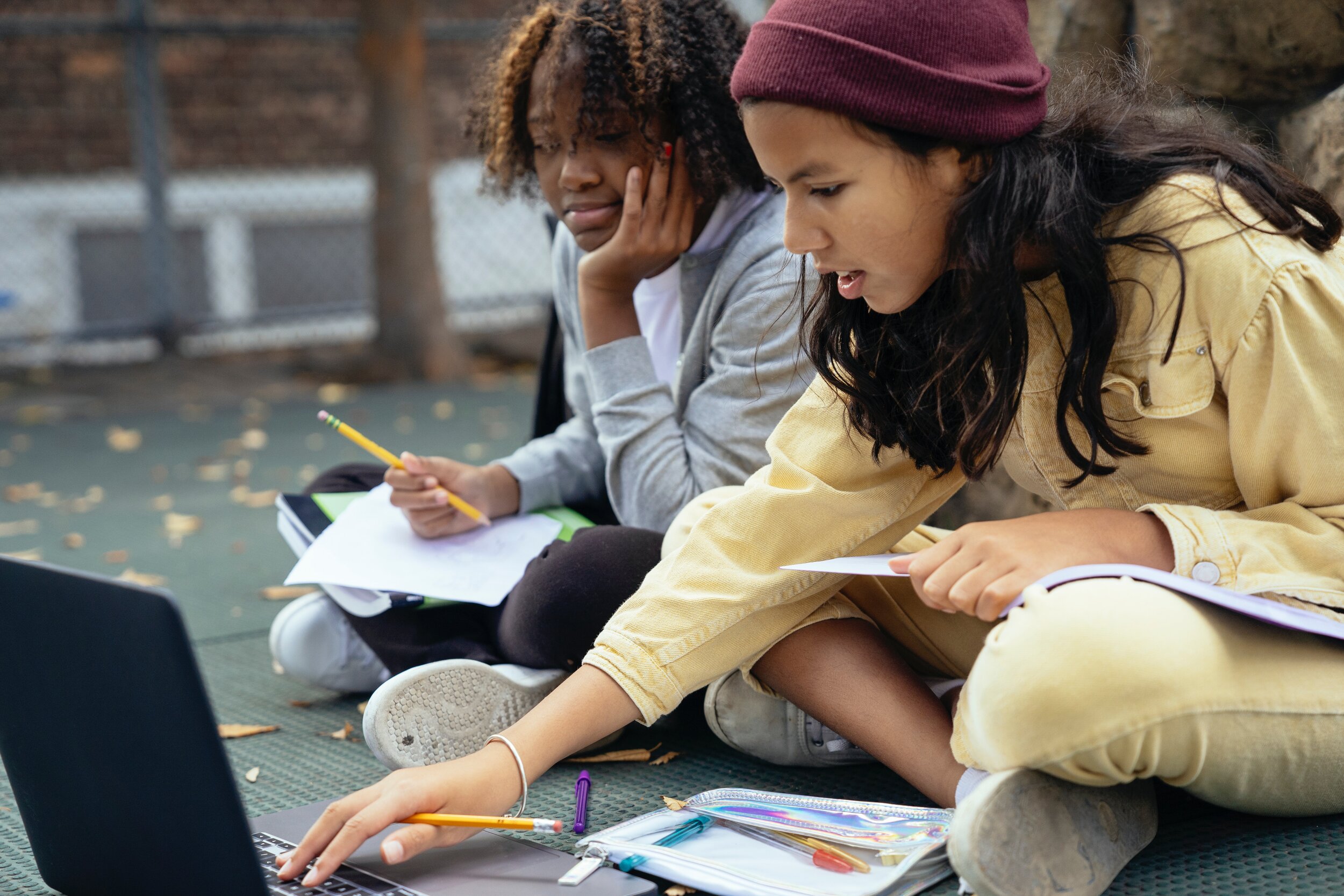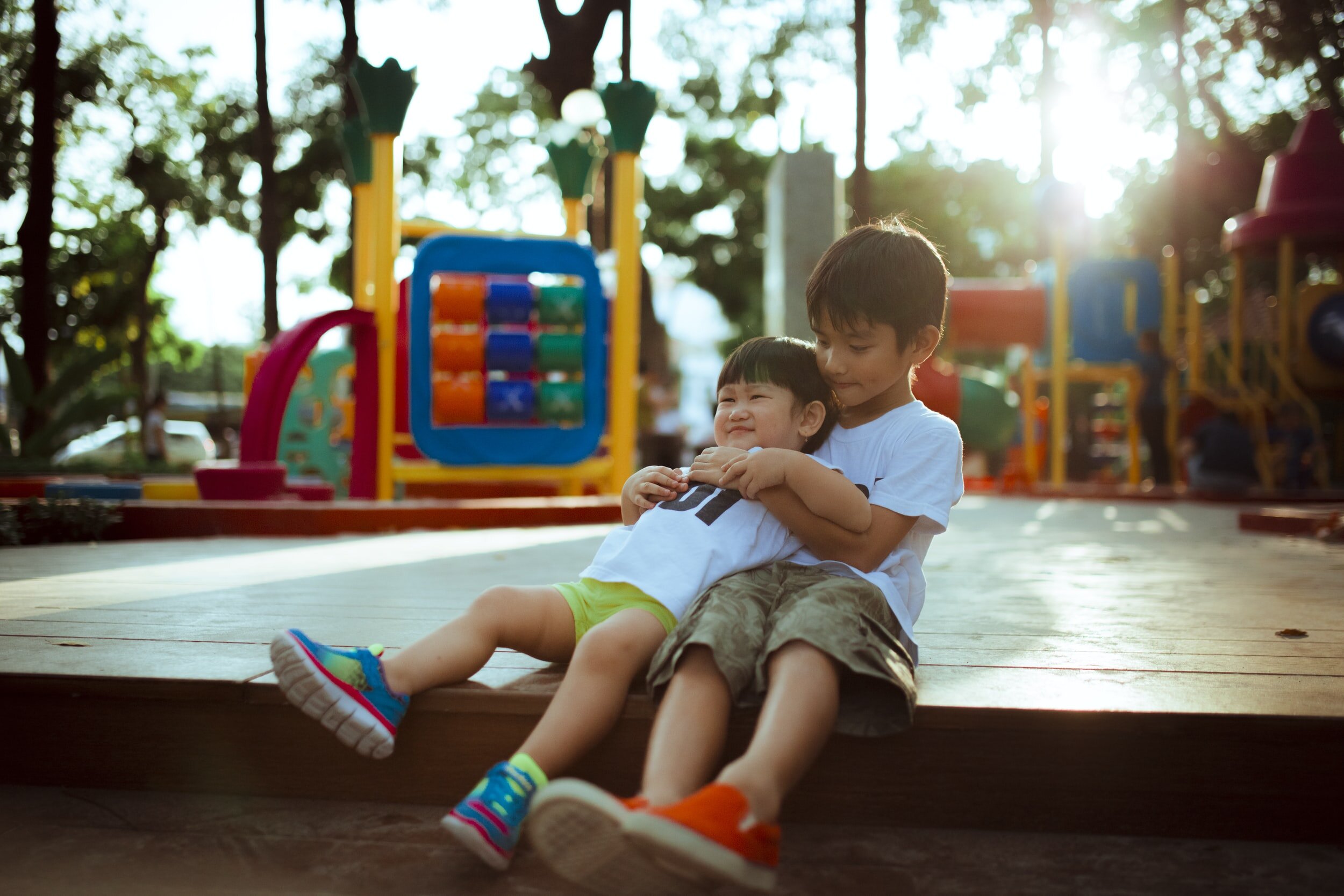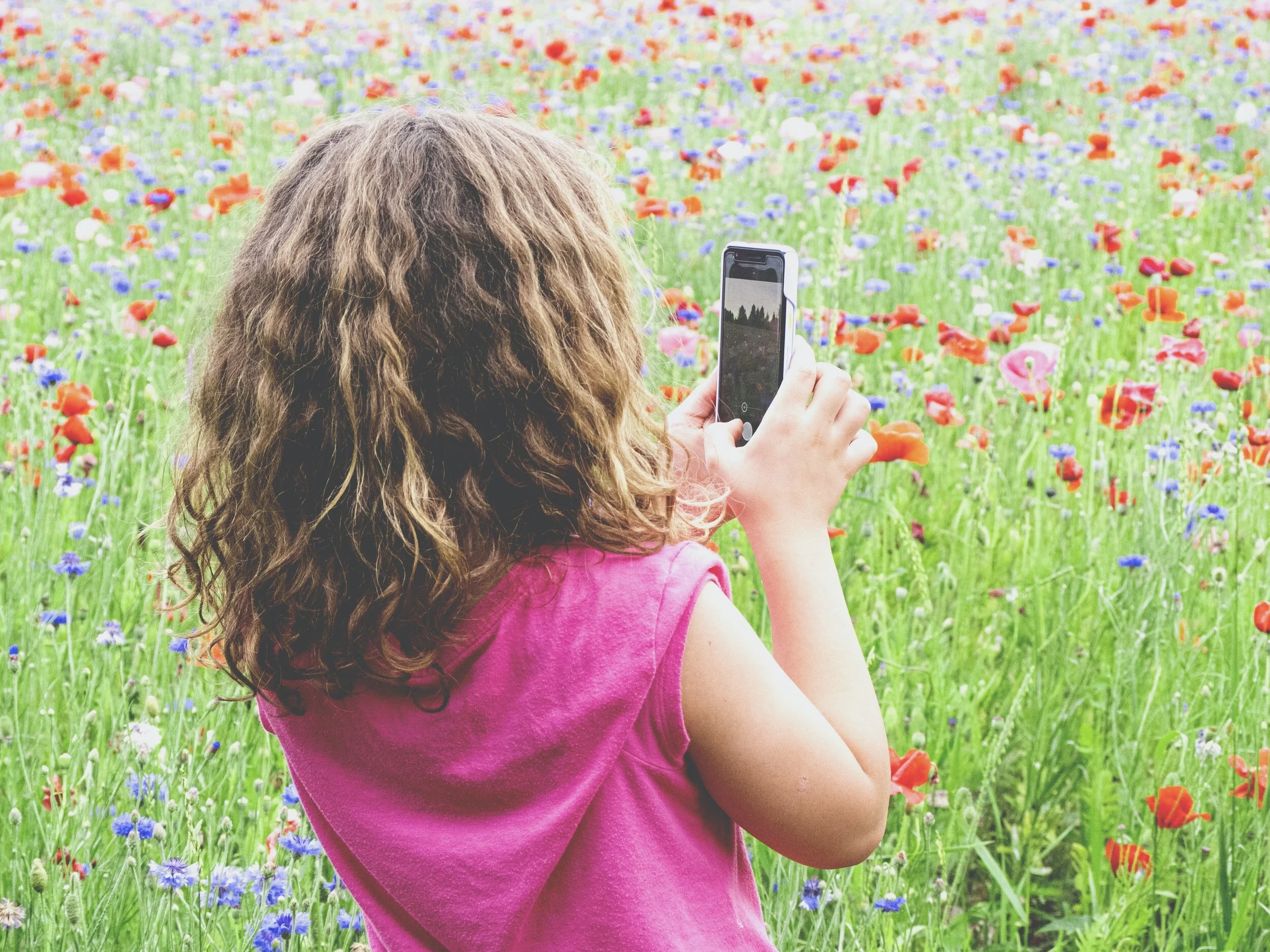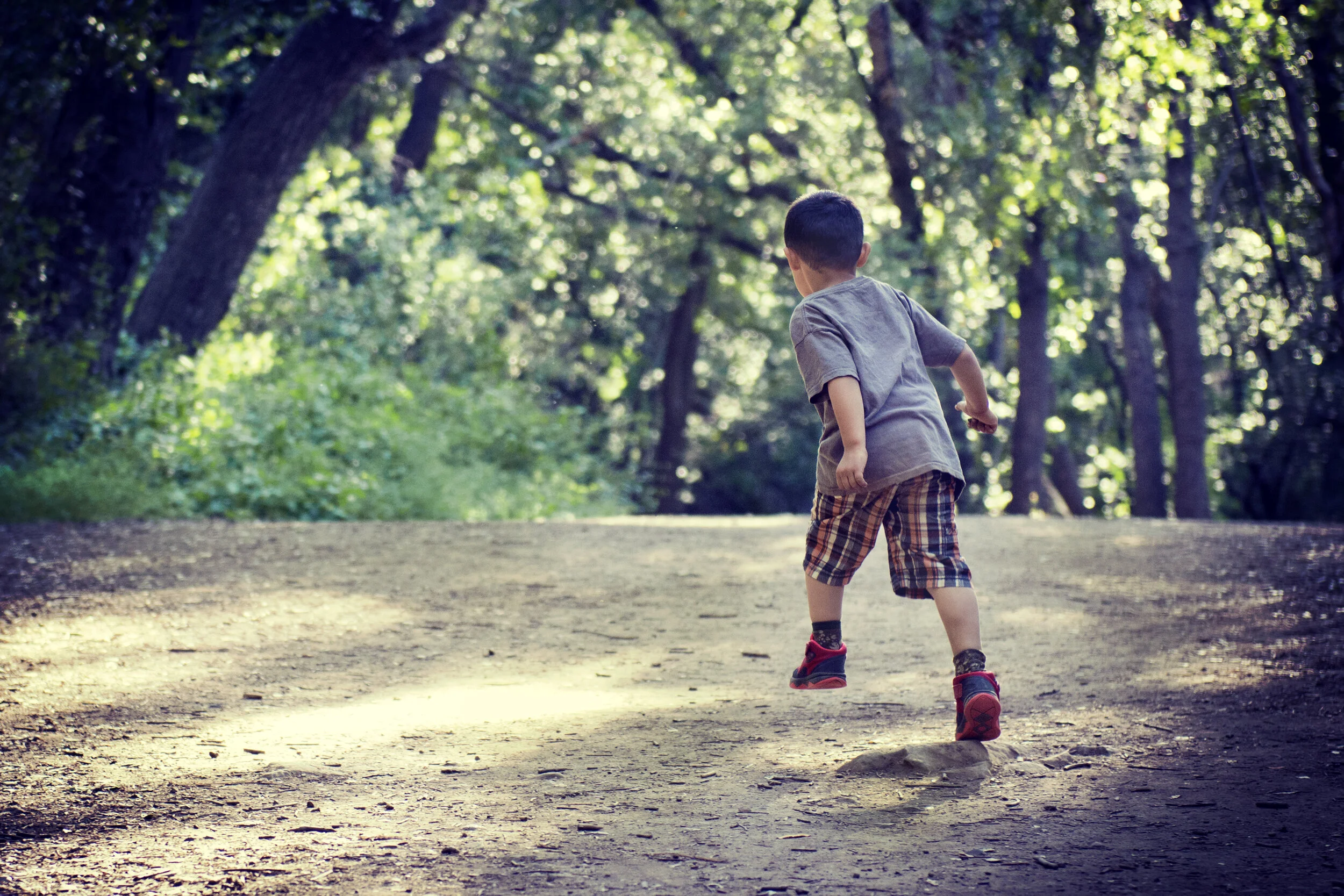If your child has OCD, you may worry at times about what the future holds. It seems like such an unfair burden for a young child to deal with. Maybe you’ve wondered whether your child’s OCD symptoms will eventually fade away, so she will be free to live life without constant worry. If you have, you aren’t alone.
“Does childhood OCD ever go away?” is one of the most common questions I hear from parents, especially at the beginning of therapy. And it’s totally understandable! OCD symptoms can be debilitating and time consuming. Handwashing, repeated checking, asking for reassurance, or long rituals are exhausting not just for the child, but for the whole family. Nobody wants a child be stuck with those symptoms forever!
I can’t predict what the outcome may be for your child, but I do know that therapy can lead to big, positive changes in the lives of kids with OCD. Today, I am digging into the research to see how common it is for childhood OCD symptoms to completely resolve. I’ll also take a look at what we can do to help all kids with OCD start feeling better.
How Common is Childhood OCD?
Childhood OCD is more common than you might think. While we may talk more about forms of anxiety and depression affecting kids, OCD also often starts early in life. Most studies estimate that 1-3% of kids have OCD, although their symptoms might fly under the radar for a long time. This is because because they can be hard to spot.
OCD most often starts when a person is a child or teen. Pretty much everyone with OCD starts getting symptoms before age 25. For childhood-onset OCD, the average age of onset is around 10 years old. It is common for boys to start noticing symptoms a little earlier, while girls might not develop OCD symptoms until later.
Some people may not get treatment for OCD until they reach the late teen or adult years, but their problems often began years earlier, during childhood.
You Can’t Outgrow Childhood OCD Without Help
Looking at the research, one thing that is really clear is that OCD is not likely to go away on its own. It’s not something that a child is likely to just outgrow or forget about. Kids with OCD need specialized therapy. The right counseling can help them learn how to deal with the intrusive thoughts that cause their anxiety and push them to repeat actions over and over.
OCD symptoms tend to ebb and flow over time: sometimes they’re better, sometimes they’re worse. Stress often plays a part in how bothersome OCD symptoms are. Some studies suggest that a small number of people might be able to “outgrow” their OCD without therapy: about 1 in 5. However, it can be a little tricky to tell if someone has really gotten rid of their OCD, or if they’re just in a low-stress time of life when it isn’t noticeable. It’s possible for symptoms to go away entirely when stress is low, only to return again during a more difficult time.
There’s also a risk that a child’s OCD could get worse without treatment. This can lead to small inconveniences, like chapped skin from too much handwashing, or major life impairments, like difficulty getting out of the house. Children with OCD are at an increased risk of also having other mental health problems, like anxiety and depression. Later in life, people with untreated mental health problems sometimes turn to unhealthy coping mechanisms like drugs and alcohol if they don’t have other good ways to deal with their symptoms.
The good news is that most people with OCD feel better after therapy. About 70% of people who get specialized treatment for OCD will improve, and usually they improve by a lot. The great news is that kids often get better results from OCD therapy than adults do. Catching symptoms early and getting help quickly leads to fewer symptoms later in life. Most kids will still have some leftover symptoms after therapy, but a small number of kids might see their OCD go away.
Sometimes, OCD Goes Away Completely (But Not Always)
Different experts have different opinions on whether or not it’s possible for OCD to completely go away. I don’t think I can argue with the experts! It’s not entirely clear whether people get cured of their OCD, or if they just go into remission from OCD. “Cured” means the symptoms are gone forever, while “remission” means the symptoms go away for a while, but may come back later.
Being the nerd that I am, I’ve looked over a handful of studies looking at the likelihood of OCD symptoms going away after therapy. It seems like it is possible for some people, and there are a few factors that increase a person’s odds. Kids whose symptoms start when they are young have better chances of remission than teens or adults. So do people whose symptoms are milder, and who are able to get therapy quickly. Finally, people who do not have other mental health problems alongside their OCD fare better than people who are also dealing with anxiety or other conditions.
Depending on the study you look at, you’ll see researchers estimating that anywhere from 32% to 70% of people go into remission after therapy, meaning that their symptoms are gone for a long time, or have gotten so mild that they aren’t getting in the way of things. However, this is different than being cured: there’s no guarantee that the symptoms might come back. The number of kids who are cured is much smaller and open to debate. Some experts guess that 20% of kids with childhood OCD are cured, while others think OCD never completely goes away.
You Can’t Always Cure OCD…And That’s OK!
As we just talked about in the last section, there’s a big difference between remission and cure. With good treatment, many kids with OCD will go for long stretches without problems. However, expecting your child to never have another OCD thought ever again for the rest of her life probably isn’t realistic. While some kids may fully outgrow their OCD, many won’t. Most experts consider OCD to be a chronic condition that, once you have it, sticks around for the long term.
That may be demoralizing to hear. The words “chronic illness” can sound very hopeless, especially if your child is struggling intensely right now. But just because OCD can be a lifetime diagnosis doesn’t mean it’s a life sentence. You may remember from earlier in this post that OCD affects 1-3% of people. That’s a pretty solid number! There are lots of kids and adults out there who are thriving, enjoying life, and just so happen to have OCD.
Help is Available for Childhood OCD in Charlotte, NC
OCD doesn’t have to run your child’s life. If you are tired of repeated worries and rituals taking up your family’s time, therapy can help. In counseling, kids can learn that OCD is just a way that some people’s brains think—and they have control over which thoughts they listen to and which they don’t. A skilled therapist can help a child gradually “talk back” to their worries and face their fears. Eventually, OCD stops being such an overwhelming urge and turns into background noise.
I’m a therapist based in Davidson, NC, just outside of Charlotte. I’m also someone who had childhood OCD! Everybody’s symptoms are different, but I remember what it felt like to be spending so much time every day dealing with worries I didn’t want to have. I love helping other kids manage their OCD fears so they can get back to enjoying childhood.
Cognitive Behavioral Therapy is a great option for OCD, and younger kids often benefit from play therapy, too. Is Davidson, NC a long commute for you? We can work together online if you live anywhere in North Carolina, New York, or Florida.
Want to learn more? Email me to ask a question or request an appointment.






